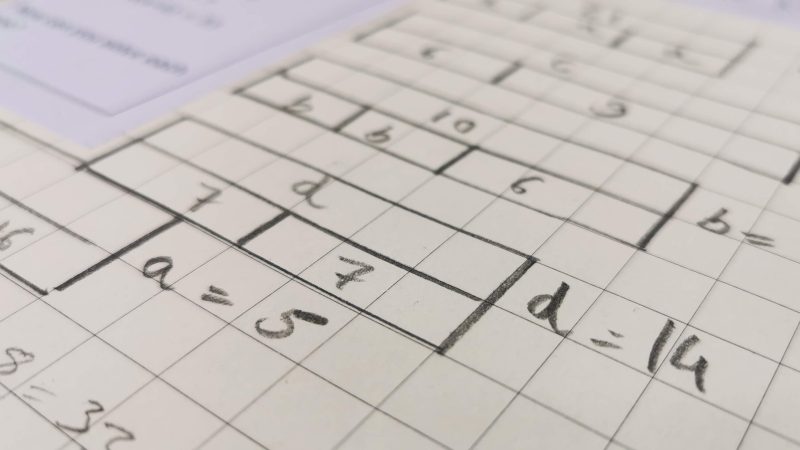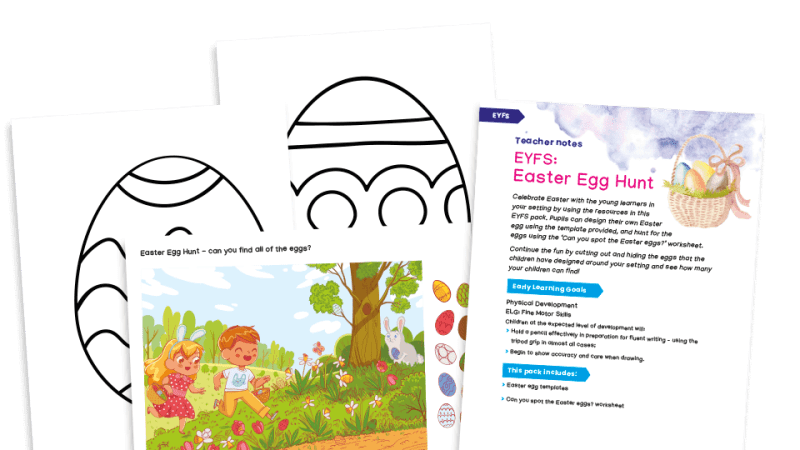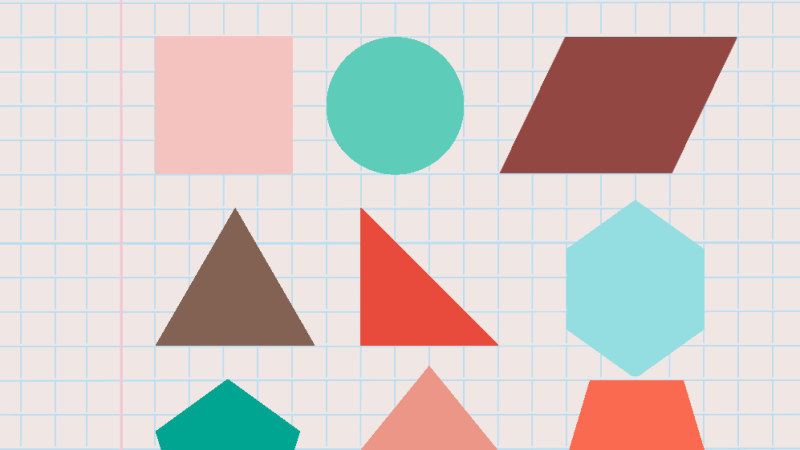How Teachers can Help Students with Maths Anxiety

Maths anxiety is a real and present issue for children and can affect lives well into adulthood. Here’s how you can support them, says Sue Cowley…
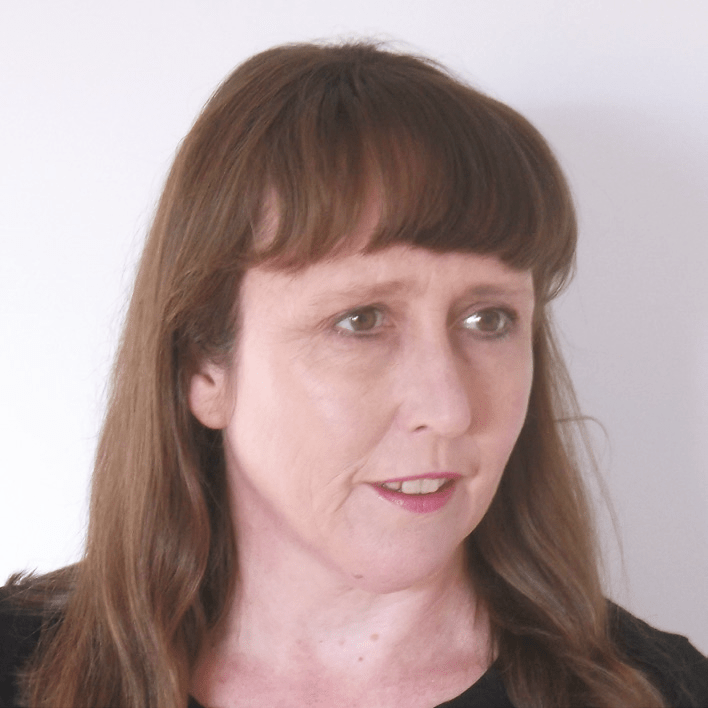
- by Sue Cowley
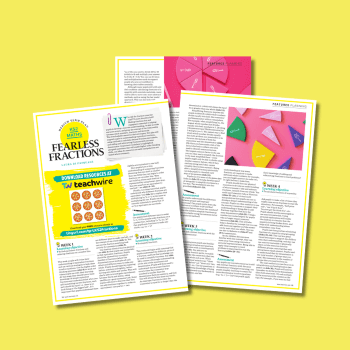
I’m eight years old, standing behind my desk in primary school. Our teacher says we can sit down, but only once we have got a times tables question right.
All around me other children answer correctly and get to sit down. My turn comes – the question is 4 x 9 – and my mind goes blank. Like when you accidentally look at the sun and get dots in front of your eyes, there’s a blind spot where the answer should be.
My face flushes red with shame. Almost half a century later, I still struggle with poor self-image and negative emotions about maths.
When I asked a question about maths anxiety on Twitter, it led to an outpouring of responses.
Fear around maths is a real and present issue for many, and continues to impact years after people have left school.
Some reported being reduced to tears by maths as adults. Others shared stories of the terror they feel at the thought of getting it wrong with numbers.
A number of recurring factors seem to lead people to become anxious about maths. Public shaming or humiliation features widely – being put on the spot in front of their peer group.
Many said maths felt like a “secret language” they couldn’t grasp – one teacher described sitting in “a thick stew of confusion”.
Despite changes to the way we teach maths, and generally more sensitive approaches to children, teachers can subconsciously pass on their own anxieties around the subject.
The multiplication check that is due to begin in the current academic year has had a tortuous introduction. In their 2015 manifesto, the Conservatives pledged that “we will expect every 11-year-old to know their times tables off by heart”.
Nicky Morgan said she would introduce an onscreen check in Y6, piloted in 2016 and launched in 2017. The following year, Nick Gibb confirmed tests for 11 year olds, with the launch in 2019. Finally, Justine Greening announced that the tests would happen in Y4 from 2020.
For teachers concerned about maths anxiety, what strategies are best to use?
Avoid any associations between maths and shame, taking care not to accidentally induce this feeling, for instance by asking quickfire mental maths questions in front of peers. Allow children plenty of thinking time to work out problems.
Look for, and plug, holes and gaps in children’s understanding, figuring out which bits of the ‘pattern’ are not in place, to help children make connections in their learning.
You can sometimes disguise maths learning within a game, particularly for children who are anxious about it.
Using mini whiteboards, so that they can rub out what they’ve written, can help overcome the fear of getting it wrong.
Aim to assure learners that you will be able to help them overcome any anxieties they have about the subject.
Be careful with the language you use around learning – children can take jokes to heart. One respondent told me how she took it literally when a teacher joked about the drawing pins in the ceiling, saying she would “hang children up by their toenails when they get the answers wrong”.
Years later she could still visualise children dangling from the pins and how much it would hurt.
It was, she said, “a feeling that has never gone away”. Another reported her teacher saying she was “an embarrassment” for not knowing what 8 x 8 was, and that she would tell her mum. She said she could “pinpoint my ‘can’t do maths’ to this exact moment”.
Encourage your children to adopt a growth mindset by using positive language around their attempts, especially if they struggle.
Encourage them to show their working, so they see that process and understanding matters as much to you as the correct end product.
Help your learners see how maths is relevant to real life and use concrete activities to teach tricky abstract concepts.
I once mentioned my struggle with adding and subtracting negative numbers to a group of maths teachers. One explained how she teaches this topic to her class.
Get a baby bath, and a bag of ice cubes. Each ice cube represents -1. When you ‘add’ a minus number (ice cubes) to the bath, the temperature (number) goes down; when you ‘take away’ a minus number (ice cubes) from the bath, the temperature (number) goes up.
After decades of not getting it, a light bulb went off in my head. Give your children concrete ways to grasp maths, and you will light the path for those of us who fear it.
Sue Cowley is an author and teacher educator. Her latest book is The Ultimate Guide to Mark Making in the Early Years, published by Bloomsbury.






